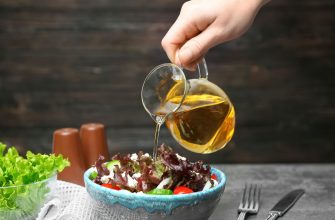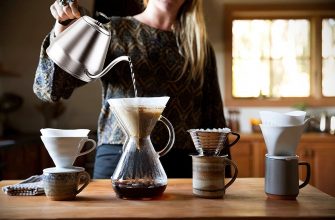Proper food storage is an essential skill for anyone looking to maintain the freshness, taste, and safety of their culinary creations. In this comprehensive guide, we’ll explore various methods and techniques for storing food, including rotation systems, vacuum sealing, choosing the right containers, and managing leftovers. By mastering the science of food storage, you can extend the life of your ingredients, reduce waste, and enjoy delicious meals with confidence. So, let’s dive in and discover the secrets to keeping your food fresh and safe!
- Understanding Food Storage Basics
- The Power of Refrigeration
- Freezing: A Long-Term Preservation Solution
- Dry Storage: The Secret to Preserving Grains and Spices
- Canning: A Traditional Preservation Technique
- Proper Food Rotation: The First In, First Out Method
- Vacuum Sealing: A Modern Twist on Food Preservation
- Proper Storage Containers: A Key to Maintaining Quality
- Handling Leftovers: Tips for Safe Storage
- In Summary
Understanding Food Storage Basics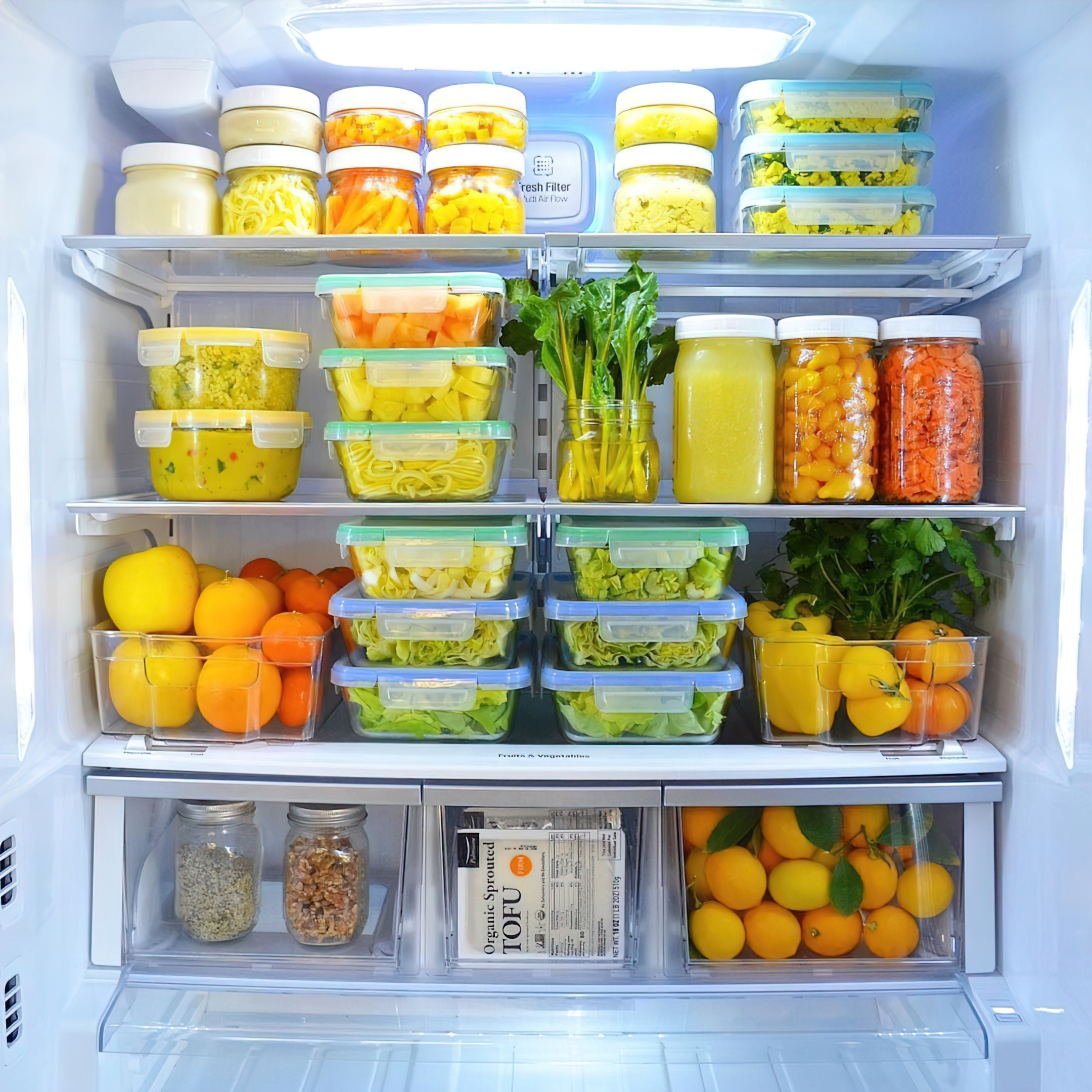
Proper food storage is vital for maintaining flavor, quality, and nutritional value. By grasping the science behind food storage, you can prevent spoilage, save money, and enjoy tasty meals. Familiarize yourself with various storage methods: refrigeration, freezing, dry storage, and canning. Each method suits specific food types and provides different preservation levels.
The Power of Refrigeration
Refrigeration slows bacterial and mold growth, extending perishable foods’ shelf life, such as fruits, vegetables, dairy, and meats. Maintain a temperature between 34°F and 40°F in your refrigerator for optimal freshness. Store raw meats on the lowest shelf to avoid cross-contamination and utilize produce drawers for ideal humidity. Keep ethylene-producing foods like apples separate from ethylene-sensitive items such as leafy greens.
Freezing: A Long-Term Preservation Solution
Freezing excellently preserves food by slowing bacterial growth and enzymatic reactions. Keep your freezer at 0°F or below for optimal results. Use airtight containers or freezer bags to prevent freezer burn and odor absorption. Label and date your containers since the quality of frozen foods degrades over time.
Dry Storage: The Secret to Preserving Grains and Spices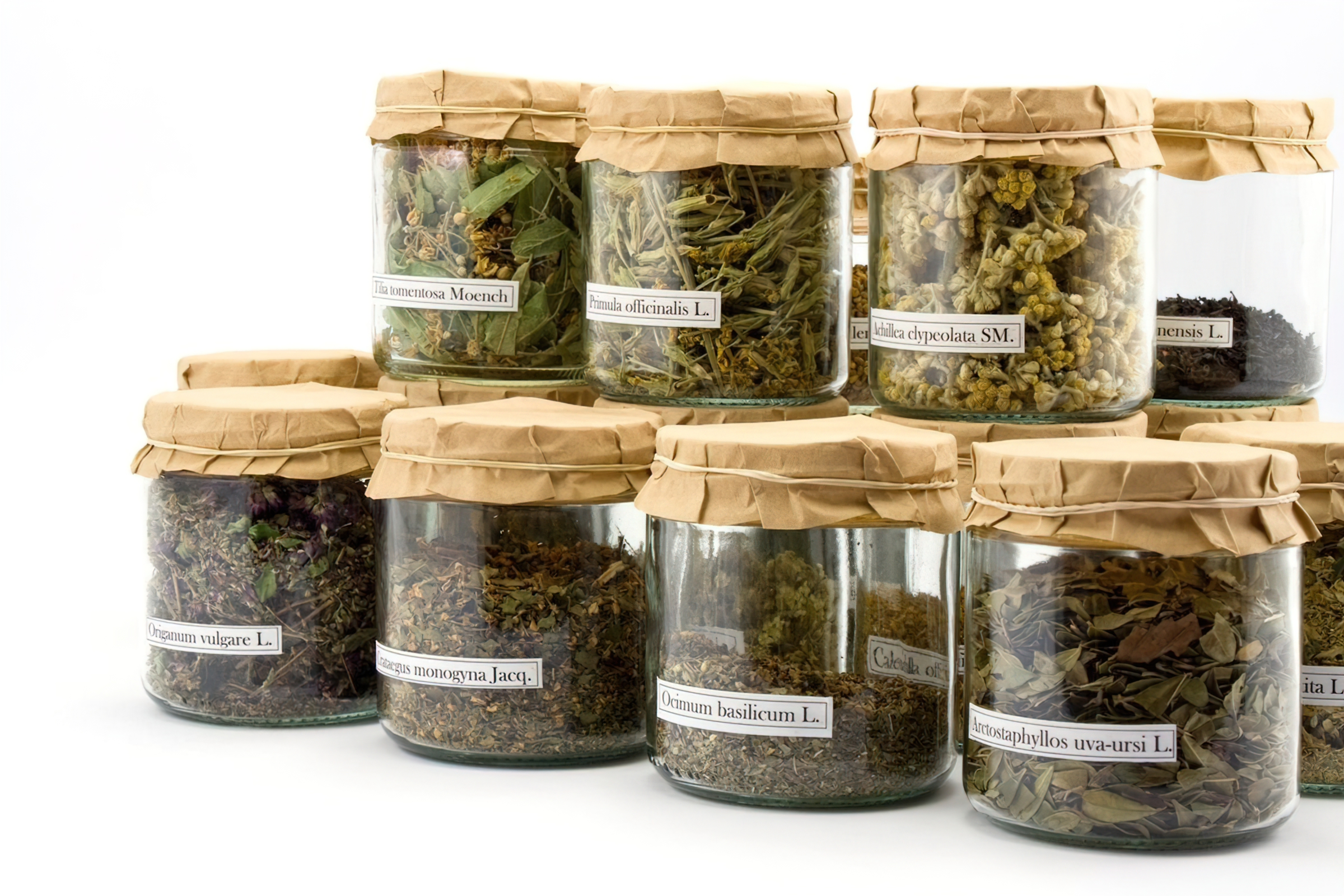
Dry storage is ideal for non-perishable items, including grains, pasta, canned goods, and spices. Store them in a cool, dark place, away from direct sunlight and heat sources. Sealed containers protect dry goods from moisture, pests, and contamination. Keep in mind that even non-perishable items have a shelf life, so check expiration dates regularly and discard expired items.
Canning: A Traditional Preservation Technique
Canning is a classic method of preserving fruits, vegetables, and meats by sealing them in airtight jars and subjecting them to high heat to kill bacteria. This method prevents microorganism growth and extends shelf life. When canning, always follow the recommended processing times and temperatures for each food type to ensure safety and quality.
Proper Food Rotation: The First In, First Out Method
Another essential aspect of food storage is the proper rotation of food items. The First In, First Out (FIFO) method ensures that older items are consumed before newer ones. This practice helps prevent spoilage and waste. To implement FIFO, place newly purchased items behind older ones in your storage area, and always use older items first. Regularly check expiration dates and discard any expired food.
Vacuum Sealing: A Modern Twist on Food Preservation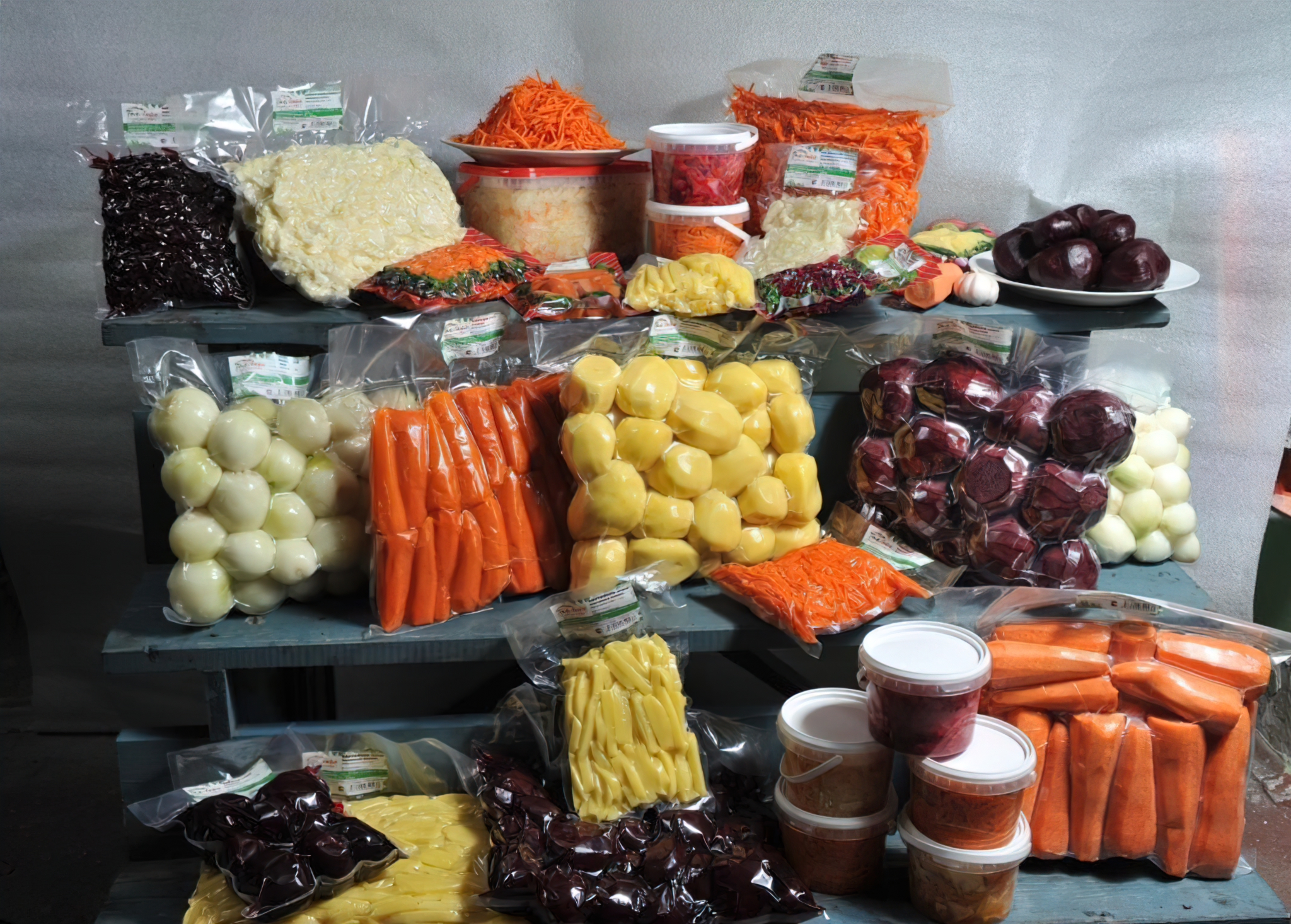
Vacuum sealing is a popular modern preservation technique. By removing air from the packaging, vacuum sealing slows oxidation and bacterial growth, extending the shelf life of foods. Vacuum-sealed items can be stored in the refrigerator, freezer, or pantry, depending on the food type. This method is particularly useful for preserving meats, vegetables, and even leftovers. When vacuum sealing, ensure that the seal is airtight and free from punctures.
Proper Storage Containers: A Key to Maintaining Quality
Choosing the right storage containers is essential for preserving food quality. Invest in a variety of airtight containers, glass jars, and zip-top bags to accommodate different storage needs. Opt for BPA-free plastic and glass containers for food safety. Transparent containers make it easier to see what’s inside, helping you keep track of your inventory.
Handling Leftovers: Tips for Safe Storage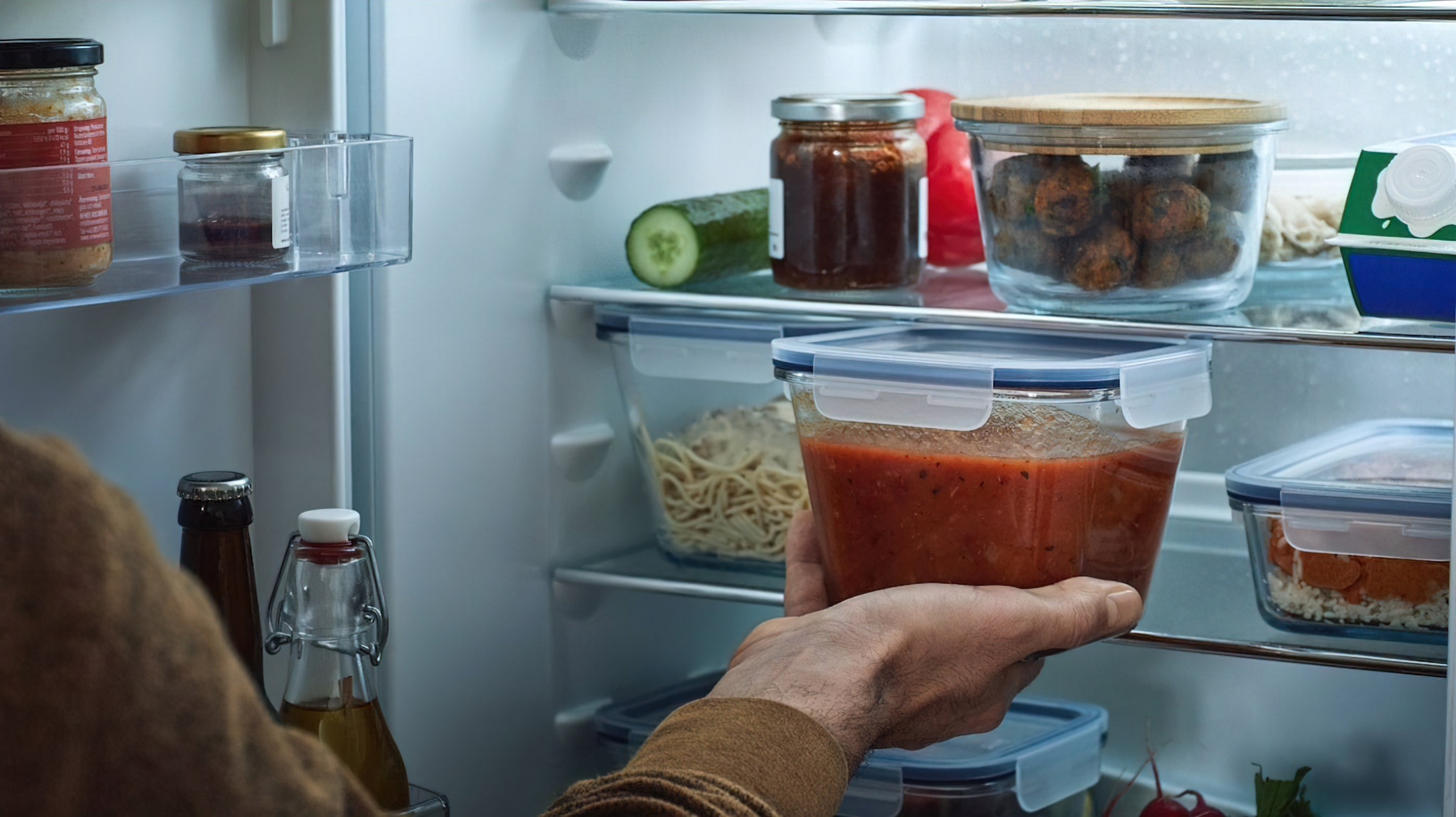
Leftovers are a common part of meal planning, but improper storage can lead to foodborne illness. Cool leftovers within two hours of cooking and transfer them to shallow, airtight containers to ensure even cooling. Store leftovers in the refrigerator and consume them within three to four days. When reheating, ensure that the internal temperature reaches at least 165°F to kill any potential bacteria.
In Summary
Mastering the science of food storage is essential for maintaining food quality, safety, and reducing waste. By incorporating proper food rotation, using modern preservation methods like vacuum sealing, selecting the right storage containers, and handling leftovers safely, you’ll enjoy fresh and delicious meals while making the most of your ingredients. Happy cooking!

